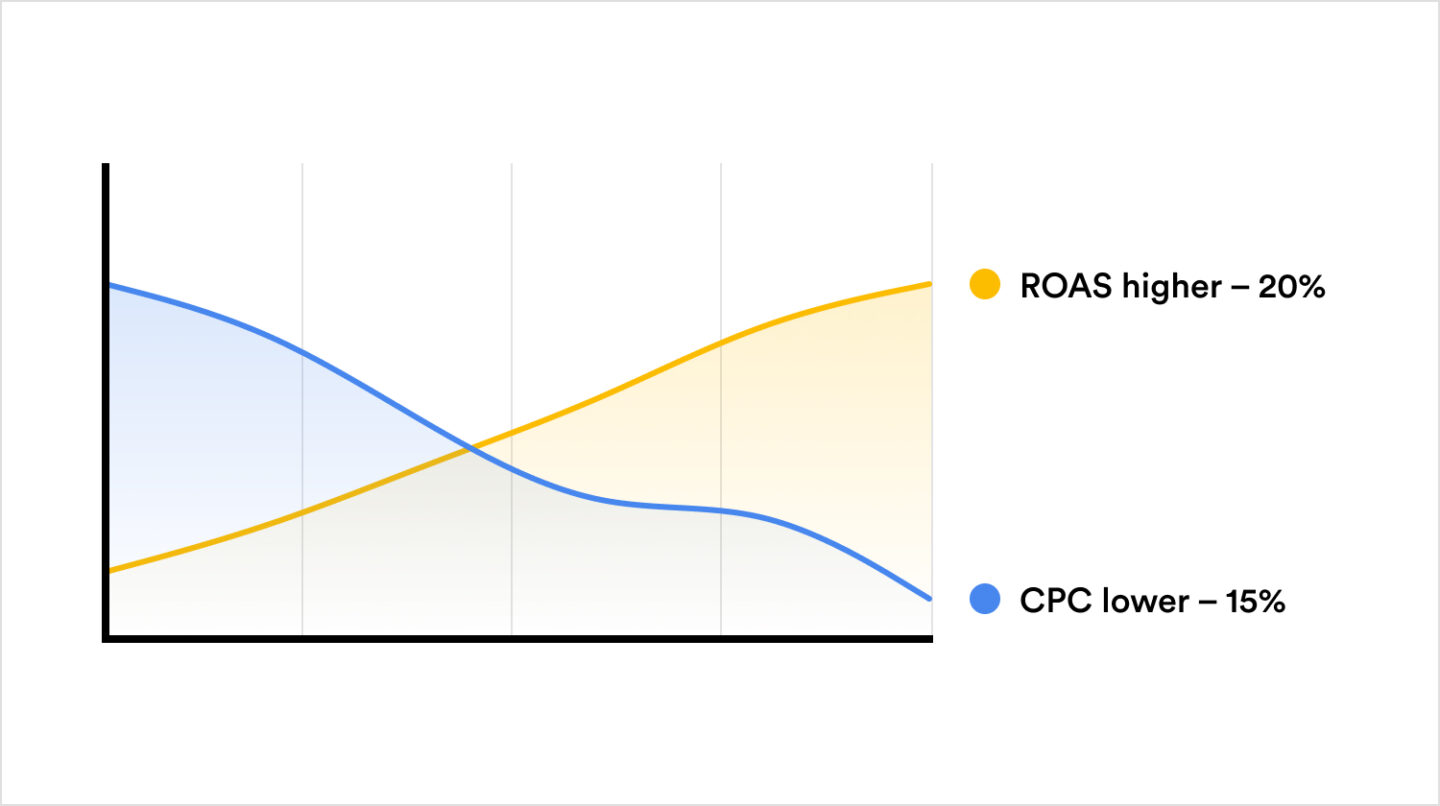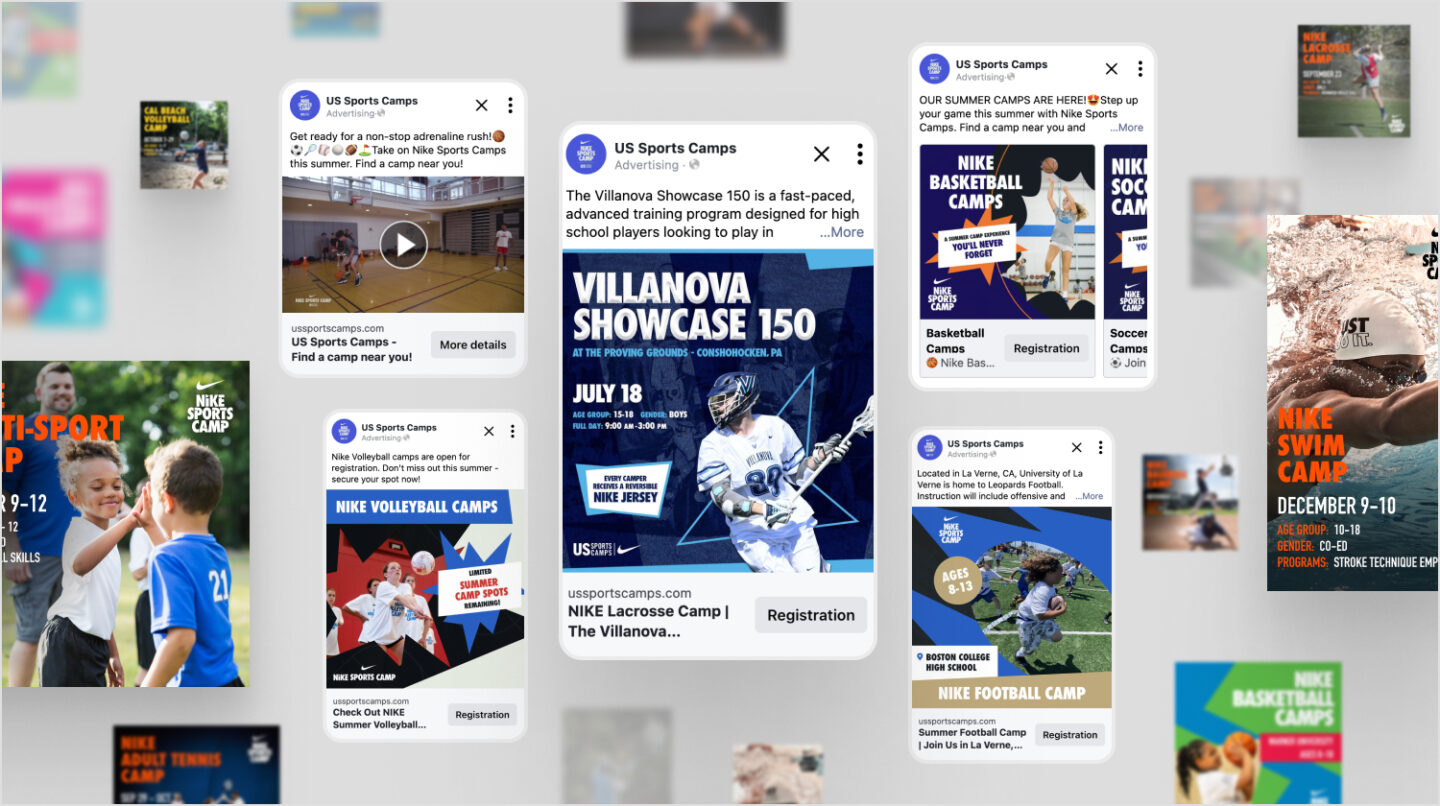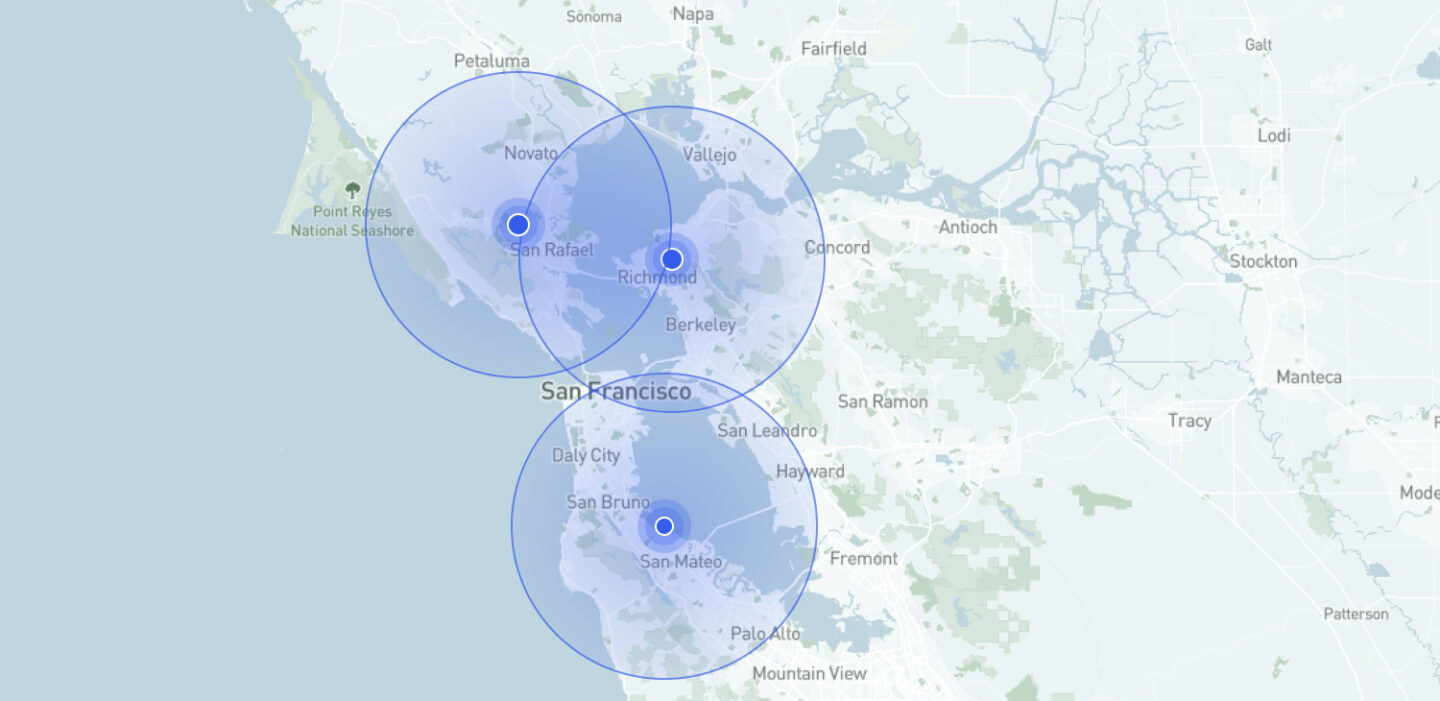
2.3x Sales Growth for National Sports Camps Operator in Time of Pandemic
Transactions
235%
Revenue
229%
Cost of Sale
38.2%
Conversion Rate
79%
Inventory Sold
300%
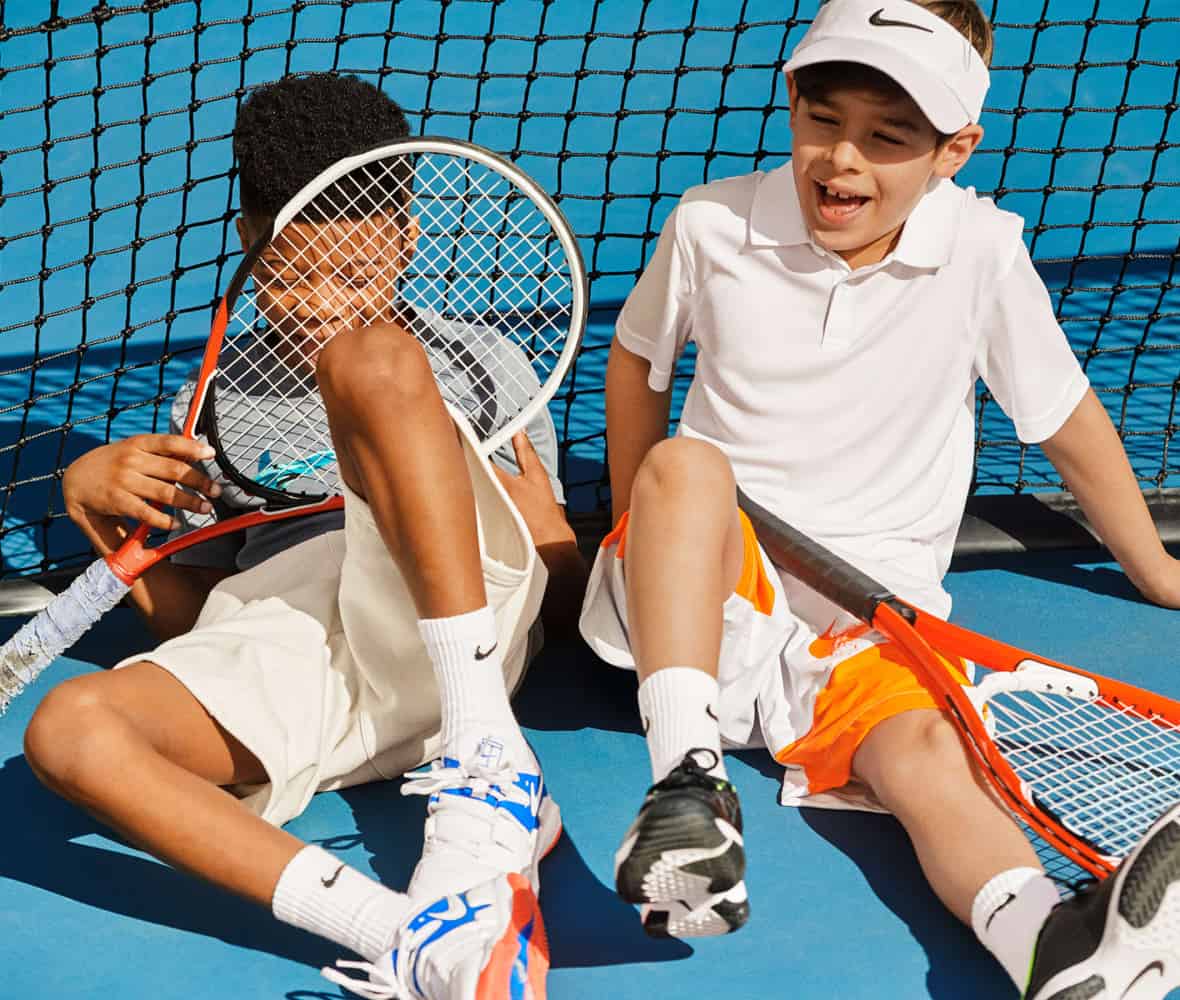
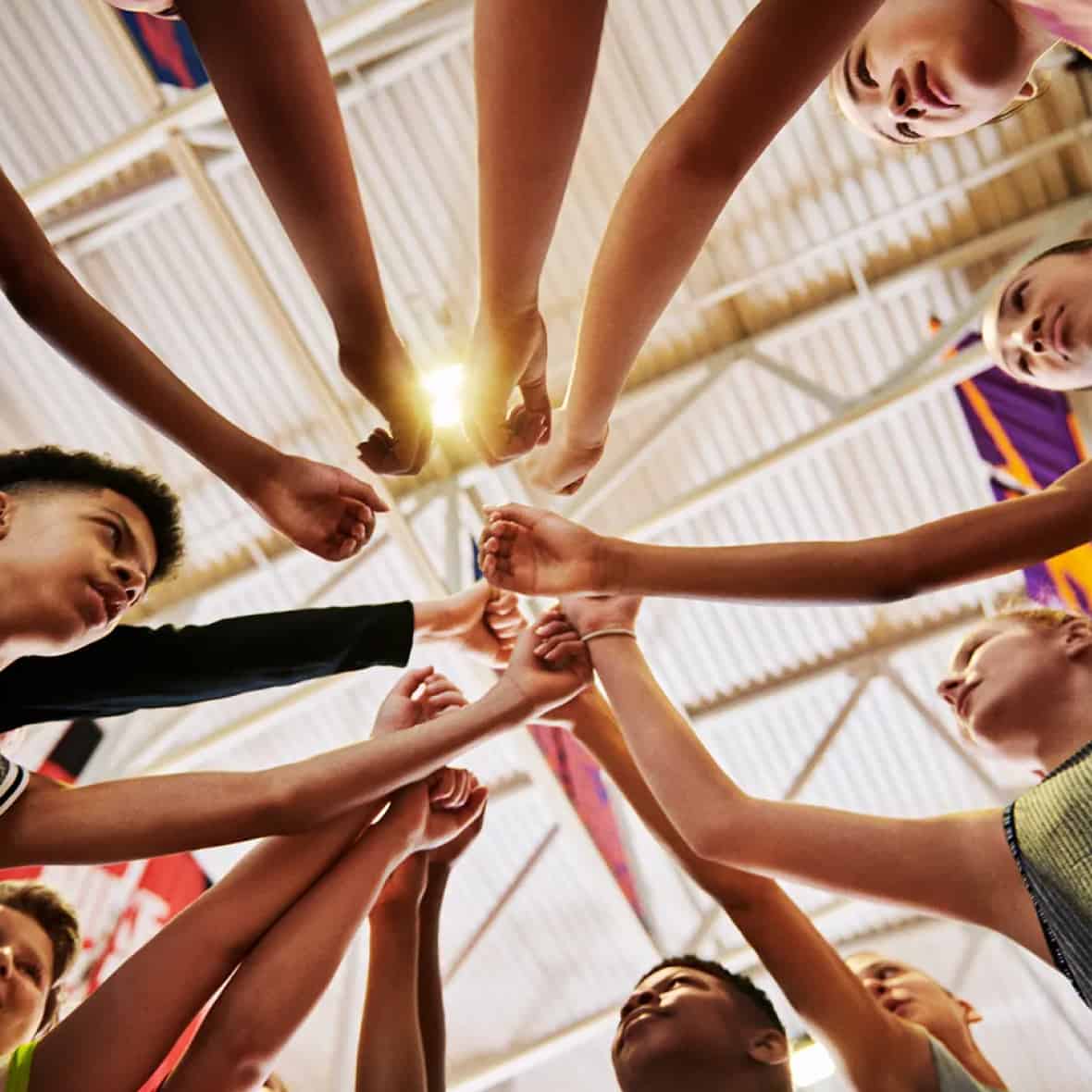
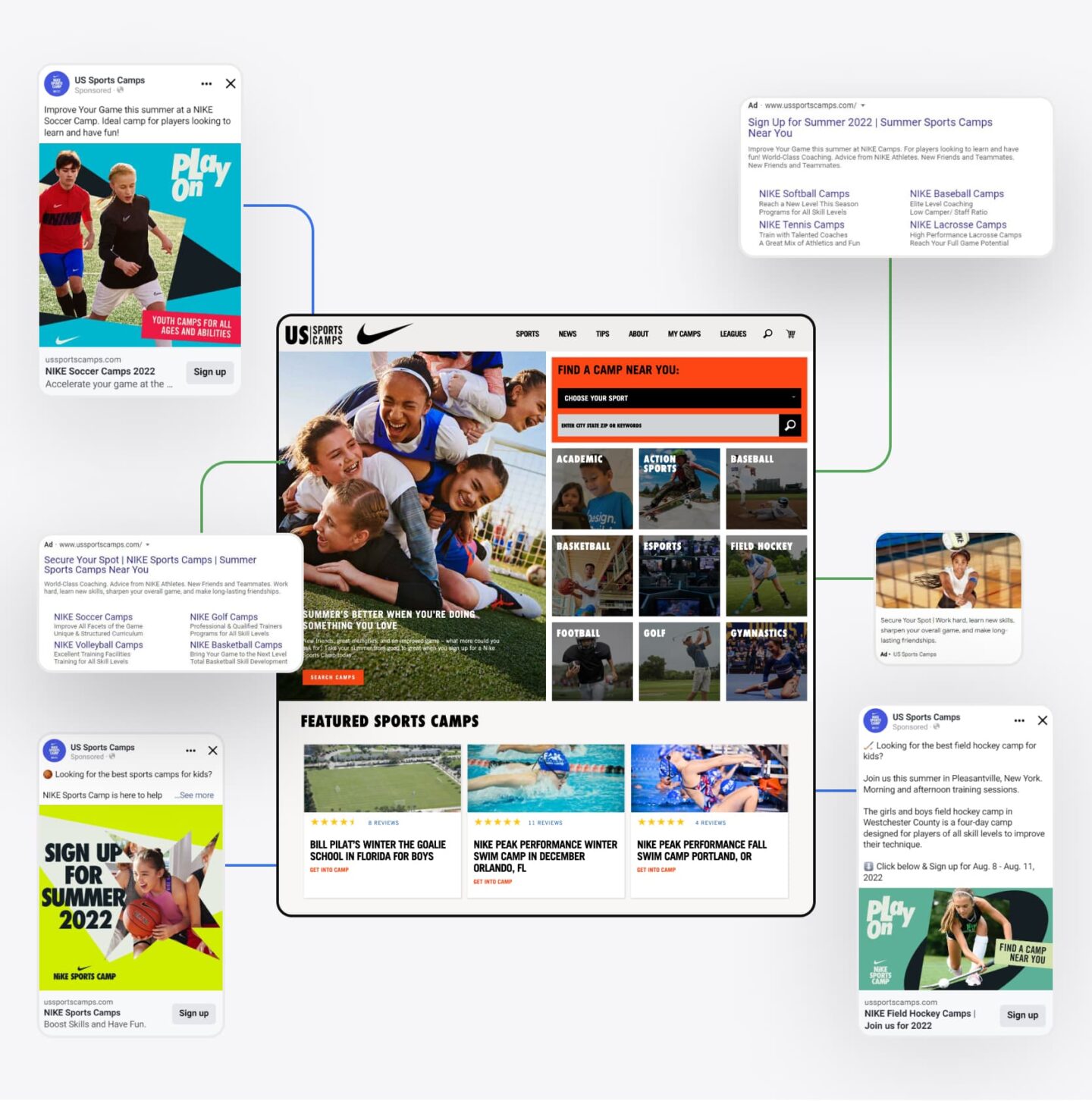

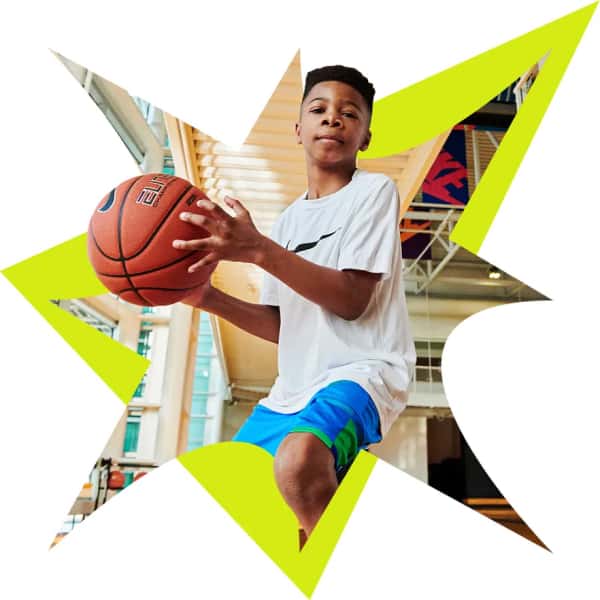
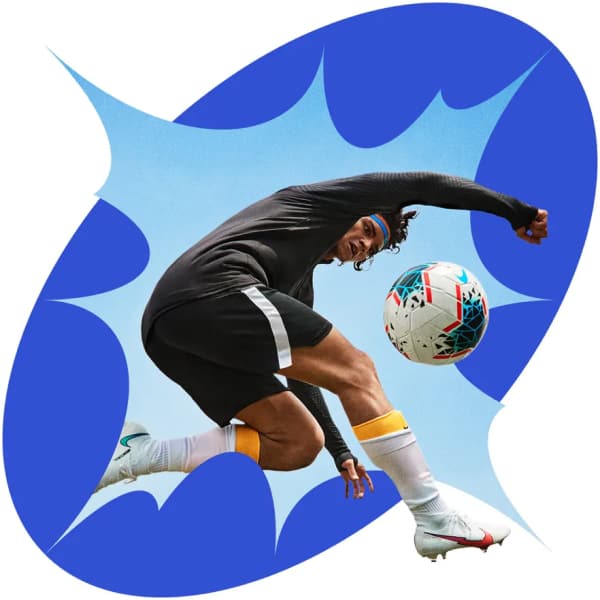
Industry background
The youth sports industry experienced challenges prior to the pandemic. According to the research by Aspen Institute, only 38% of kids engaged in either a team or an individual sport as of 2018, down from 45% in 2008.
The dropout rate is caused by many reasons – economic situation, different interests, and general burnout and pressure from families and coaches that kids are experiencing. Covid-2019 brought a new set of challenges to the struggling industry.
Massive cancellations in organized sports activities and concern of parents for their children’s well-being brought a sharp decline in activity.
During the pandemic, time spent on games has declined to 59% and practice time decreased by 54%. By September 2020 the activity started to rebound somewhat, yet the uncertainty remained with the expectation of the next wave of government mandated lockdowns.
In the face of this uncertainty and declining demand, USSC decided to engage Dizzain to help them expand their digital marketing program and proactively plan inventory based on demand.
Summary
Dizzain’s new strategy increased lead generation by more than 2x while reducing the Cost per Sale by 38%.
Facebook campaigns not only allowed USSC to interact with potential customers more effectively but also increased occupancy at camps that had difficulty getting applications on other platforms.
Transactions
235%
Revenue
229%
Cost of sale
38.2%
Conversion rate
79%
Inventory sold
300%
I’ve been working in SEO and PPC for the past 12 years, and what impresses me the most is their knowledge of the space and willingness to continue to iterate on campaigns that are not working and double-down on the campaigns that are.
I am very critical of the vendors I leverage and am constantly looking for teams that I feel are an extension of my own team. I need a partner that understands what I want to achieve and knows how to get us there the quickest way possible. Dizzain is that partner.

Joshua Van Horsen
VP of Digital Marketing

